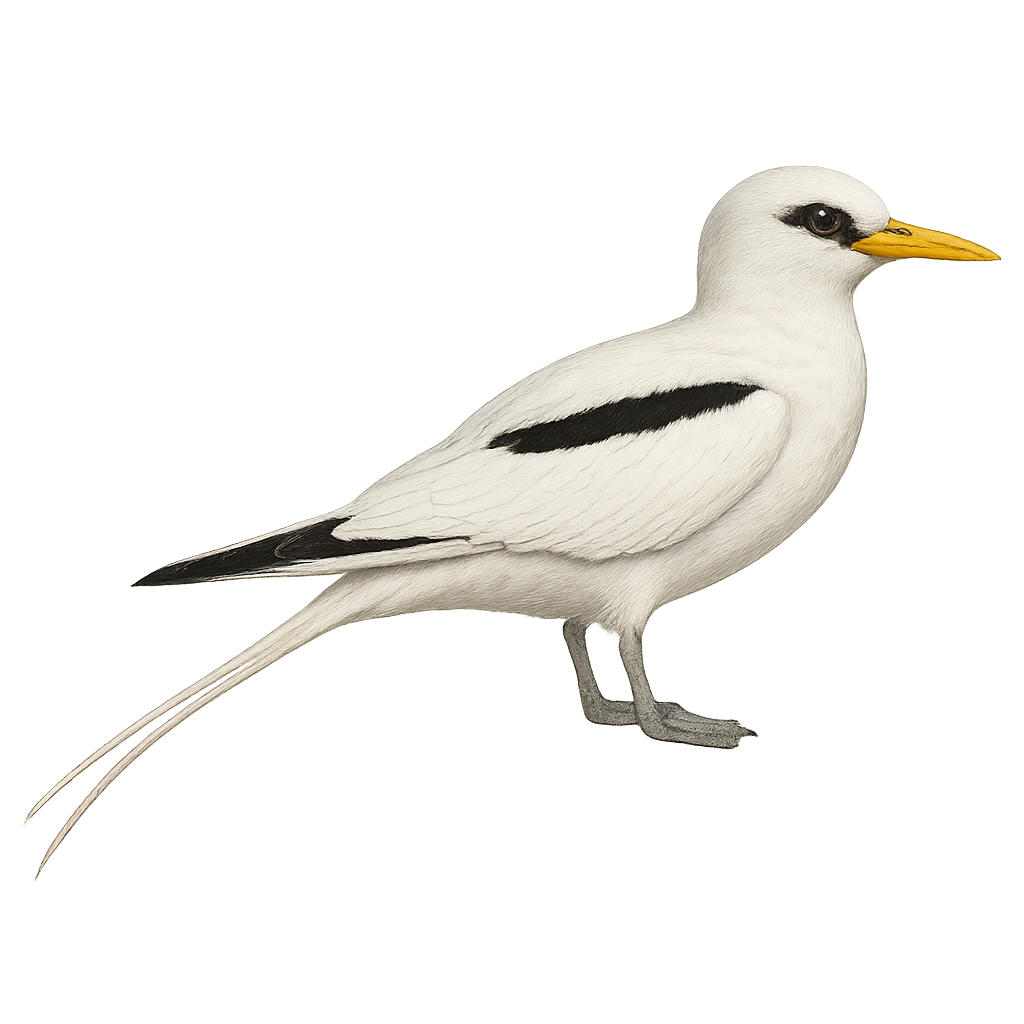Your wildlife photography guide.
Explore the white-tailed tropicbird in detail, study its behavior, prepare your shots.
Where to observe and photograph the white-tailed tropicbird in the wild
Learn where and when to spot the white-tailed tropicbird in the wild, how to identify the species based on distinctive features, and what natural environments it inhabits. The WildlifePhotographer app offers tailored photography tips that reflect the white-tailed tropicbird’s behavior, helping you capture better wildlife images. Explore the full species profile for key information including description, habitat, active periods, and approach techniques.
White-tailed Tropicbird
Scientific name: Phaethon lepturus

IUCN Status: Least Concern
Family: PHAETHONTIDAE
Group: Birds
Sensitivity to human approach: Suspicious
Minimum approach distance: 10 m
Courtship display: April to June
Incubation: 40-46 jours
Hatchings: May to August
Habitat:
Oceans, tropical islands, cliffs
Activity period :
Primarily active during the day, with peak activity in the morning and late afternoon.
Identification and description:
The White-tailed Tropicbird, or Phaethon lepturus, is an elegant and graceful seabird, recognizable by its bright white plumage and long central tail feathers that form a ribbon-like tail. Its bill is a vivid yellow, contrasting with its black eyes and feet. It primarily inhabits tropical and subtropical waters, nesting on isolated islands where it finds refuge in cliffs and rocky crevices. This bird is an excellent glider, using air currents to move effortlessly over the ocean. It feeds mainly on fish and squid, which it captures by diving with precision. Although often solitary at sea, it gathers in colonies for nesting.
Recommended lens:
400 mm – adjust based on distance, desired framing (portrait or habitat), and approach conditions.
Photography tips:
To photograph the White-tailed Tropicbird, focus on coastal areas where it nests. Use a telephoto lens of at least 400mm to capture detailed images without disturbing the bird. The best opportunities arise during its gliding flights over the water. Try shooting early in the morning or late in the afternoon to take advantage of soft, golden light. Be patient and discreet to avoid disturbing its natural behavior.
The WildlifePhotographer App is coming soon!
Be the first to explore the best nature spots, track rutting seasons, log your observations, and observe more wildlife.
Already 1 429 wildlife lovers subscribed worldwide

